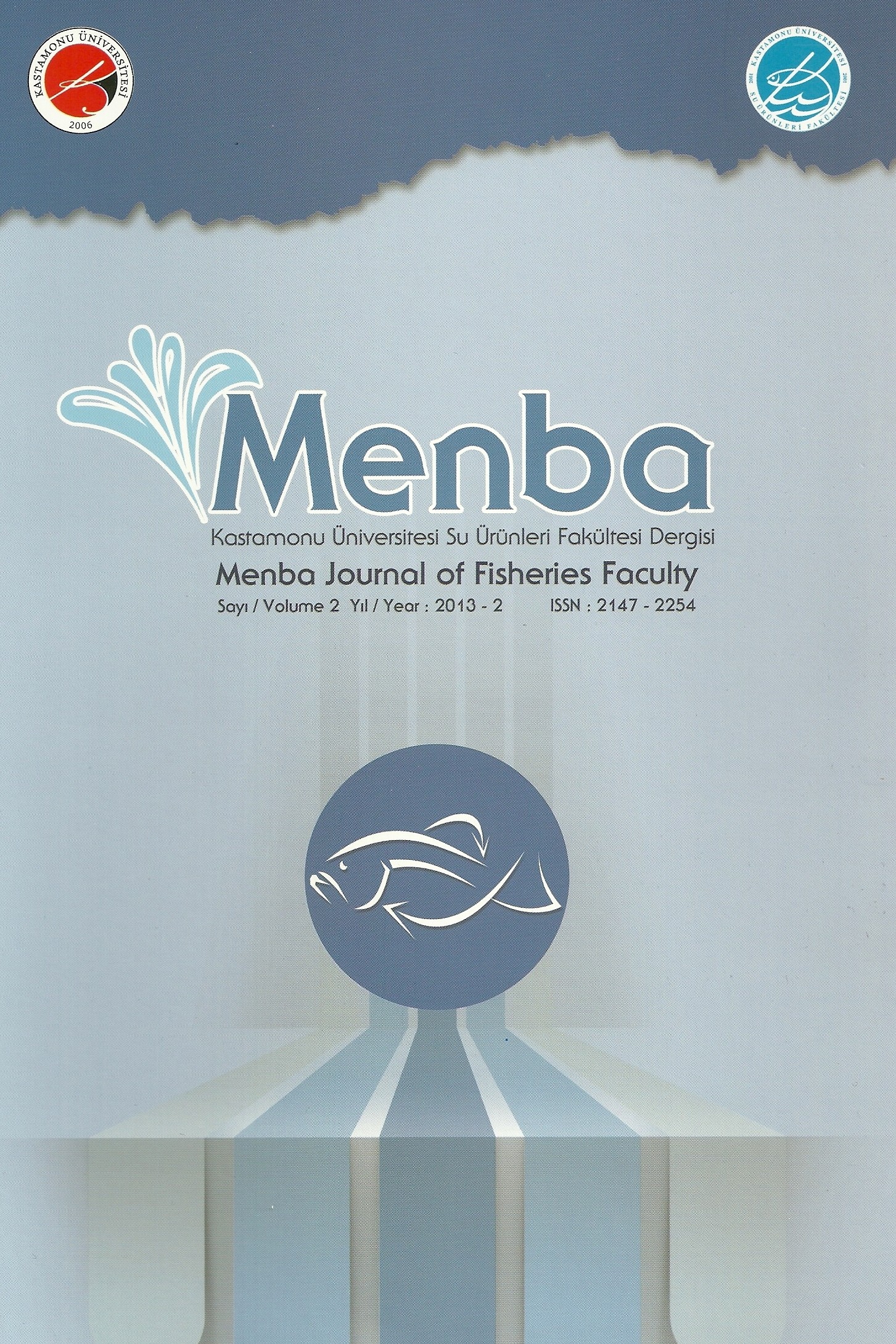
Menba Kastamonu Üniversitesi Su Ürünleri Fakültesi Dergisi
Yazarlar: Abdelsalam FILOGH
Konular:Deniz ve Tatlı Su Biyolojisi
Anahtar Kelimeler:Fishing vessels,Trammel net,Commercial species,Coastal area,Exotic fish
Özet: The aim of these study was to determine the situation of the Libya fisheries. The fishing sector in Libya is composed of four main activities; artisanal coastal fishing (Batah, Flouka, Mator), Lampara fishing, coastal trawling, and tuna fishing (Reynolds et al. 1995; FAO, 2005; Khalfallah et. al. 2015), most of them concentrated in western region 55% followed by 23%, 22% in the Gulf of Sirt and Jabal-Aghdar respectively (Lamboeuf et al. 2000). The number of artisanal craft increased from 220 in 1950 to 2,465 boats in 2008 including 165 Lampara, while industrial vessels consist from private owned trawlers, they increased from 10 in 1950 to 140 trawlers in 2008 (Sacchi, 2011; Khalfallah et. al. 2015 ). The most commonly used gear, which represent for about 79% of total fishing gear used, are trammel net, three longlines with small, medium and large hooks (khashin, deshi and rgig) and 40 mm mesh size gillnet (mashruah) (Lamboeuf et al. 2000). Most of Libyan catch is sold fresh in large urban market except a part of small pelagic fish are transported to canning plant (Reynolds et al. 1995). Actually, fishing is not popular among Libyans with low estimated per capita consumption of fresh fish products of approximately 9.5 kg/year (FAO, 2008). During the period after the establishment of the Secretariat of Marine Wealth (SMW) in 1988 for marine industry development, have led to development of the sector, as an indicator grew from nearly 6000 tonnes in 1988 to 50000 tonnes in 2000 (FAO, 2005). After the civil war in 2011, fish production was directly affected by the weak security situation and high equipment prices, as well as, the migration of foreign workers, which represent 60% of the employees in the fishing sector. As a result, the total production dropped to the lowest level in 2015 to about 23,012 tonnes (CEIC, 2018).